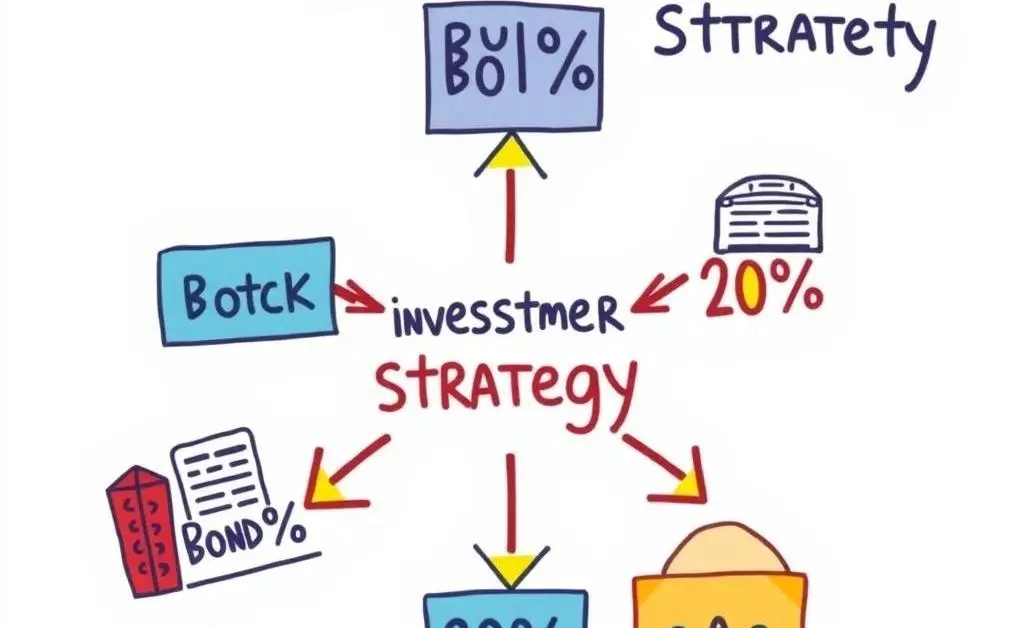Smart Investing for Beginners: A Friendly Guide to Making Your Money Work
A beginner's guide to investing, with practical tips and insights for smart money management.

Investing can feel overwhelming if you're just starting, but it doesn't have to be complicated. Think of it like this: investing is a way to make your money work for you. Whether you're looking to save for a down payment on a house or planning for retirement, the earlier you start investing, the more time your money has to grow.
Why Start Investing Now?
You've probably heard the phrase, 'The best time to plant a tree was 20 years ago; the second-best time is now.' The same principle applies to investing. The primary keyword here is early investing benefits. By starting now, even with small amounts of money, you can take advantage of compound interest—the process where your investments generate earnings, which are then reinvested to generate their own earnings.
Understanding Investment Options
When it comes to investment options, there are several paths you can take, depending on your risk tolerance and financial goals:
- Stocks: Buying shares of companies can offer high returns, but it's also risky.
- Bonds: These are often considered safer than stocks and offer steady returns.
- Mutual Funds: These allow you to pool your money with other investors to buy a diversified portfolio, which can be a great way to start with less risk.
If you're unsure where to begin, consider talking to a financial advisor who can guide you based on your unique situation. After all, advice tailored to your needs can be immensely beneficial over following general guidelines.
Developing an Investment Strategy

Crafting a solid investment strategy is crucial. Here’s a basic step-by-step approach:
- Set Clear Financial Goals: Know what you’re investing for—retirement, a new home, or perhaps that dream vacation.
- Determine Your Risk Tolerance: Understanding how much risk you're comfortable with can help shape your investment decisions.
- Diversify Your Investments: 'Don’t put all your eggs in one basket'—spread your investments to minimize risk.

The Importance of Patience
Remember, investing is a marathon, not a sprint. It’s easy to get caught up in short-term market fluctuations, but the key to successful investing is often patience. Regularly reviewing your investments can keep you informed, but aim for the long run.
Reaching Your Financial Goals

Ultimately, investing is about reaching your financial goals, whatever they may be. By starting with a clear plan and adapting as needed, you can feel more secure about your financial future. So, what are your financial goals? Perhaps now is the perfect time to jot them down and take that first step toward making them a reality.
Investing doesn’t have to be intimidating. By learning the basics and setting a clear strategy, you’ll be on your way to making your money work for you. Remember, financial literacy is a journey, and the learning never stops. What’s one small step you can take today to boost your investing knowledge?




